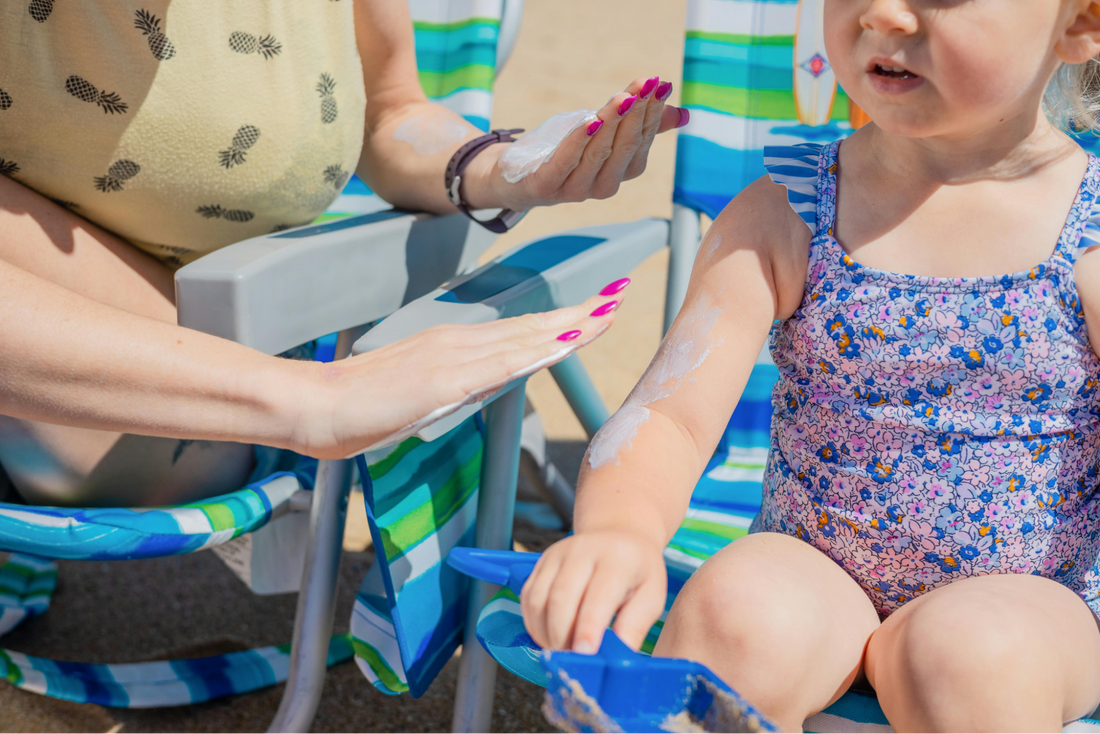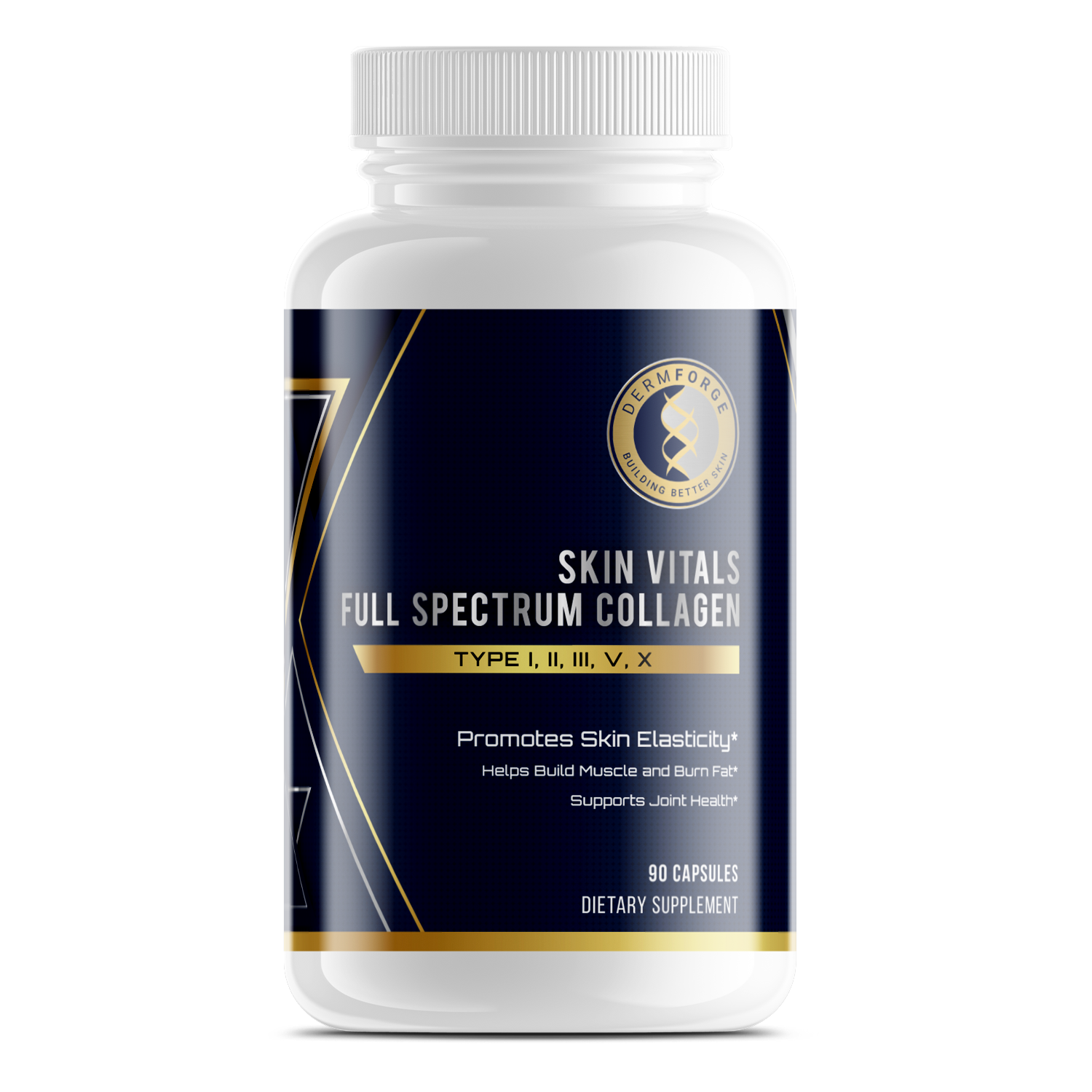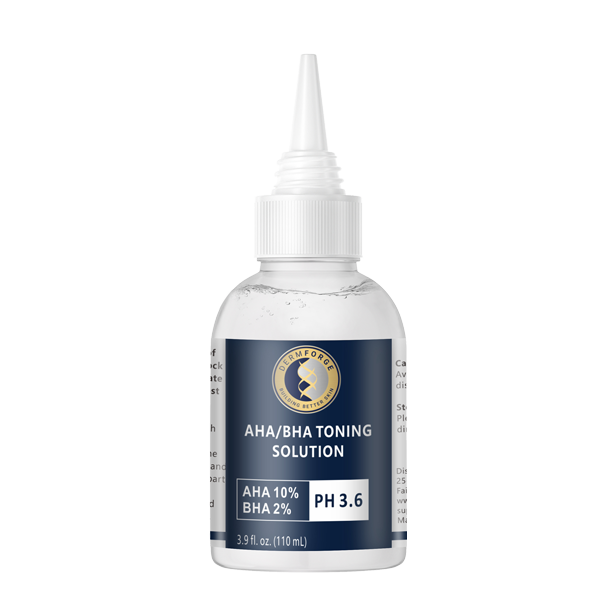
Protecting your skin from the sun’s harmful rays is a habit that should start early and last a lifetime. Sunscreen is an important tool when it comes to maintaining healthy skin and reducing the risk of skin damage and skin cancer.
But when is the right time to start incorporating it into your daily routine? The answer is simple: as soon as possible. Here's everything you need to know about why, how, and when to make sunscreen a part of your everyday life.
Why is Sunscreen Necessary at Any Age?
Sun exposure can cause both immediate and long-term damage to your skin. Whether you tan easily or struggle with sensitive skin that burns quickly, ultraviolet (UV) rays harm your skin every time you're exposed. Over time, this cumulative damage can lead to issues like premature aging, dark spots, and an increased risk of skin cancer.
Children, teens, and adults alike need daily sun protection to guard against these risks. Kids are especially vulnerable since their skin is more delicate. They also often spend significant time outdoors during recess or while playing sports.
Sunscreen Use for Babies
Babies under six months old are the exception when it comes to sunscreen use. Their skin is incredibly delicate and sensitive to the chemicals in sunscreen products. Even after your baby has surpassed six months of age, you should check product labels to make sure you’re not exposing them to a sunscreen with lots of chemicals.
Instead of applying sunscreen to your newborn baby, focus on minimizing their sun exposure by using protective clothing, lightweight blankets, and shade structures like umbrellas or stroller canopies.
Sunscreen Use for Children
It’s recommended that one should start introducing sunscreen to children as early as six months old. A broad-spectrum sunscreen with SPF 30 or higher offers effective protection against both UVA and UVB rays.
If possible, opt for mineral sunscreens with active ingredients like zinc oxide and titanium dioxide, which are gentle on young skin and provide a physical barrier against the sun. To ensure maximum protection, apply sunscreen generously to exposed skin 30 minutes before going outdoors.
Reapply every two hours, especially during outdoor activities like recess or sports. Pair sunscreen with other protective measures, such as wearing wide-brimmed hats and sun-protective clothing.
Why Teens Should Prioritize Daily Sunscreen Use
Teenagers often overlook sunscreen, viewing it as an unnecessary addition to their skincare routine. However, this age group benefits significantly from establishing good habits early. Cumulative sun damage during adolescence can lead to premature wrinkles, age spots, and even skin cancer later in life.
For teens with acne-prone or oily skin, many sunscreens are specifically formulated to suit different skin types, offering lightweight, non-comedogenic options that won’t clog pores. Facial sunscreens with added benefits, like tinted formulas or mattifying finishes, can also encourage consistent use.
What Type of Sunscreen is Best?
Picking out the right sunscreen can be difficult, especially if you’re trying to encourage your young kid to wear sunscreen. There are a few things you’ll want to take into consideration, for example:
Broad-spectrum protection
Shields against both UVA (aging) and UVB (burning) rays.
SPF 30 or higher
Adequate for most outdoor activities since it offers strong protection against sunburn and long-term damage.
Water-resistant formulas
Ideal for swimming or sweating, though reapplication is still necessary after these activities.
Physical vs. Chemical Sunscreens
Physical sunscreens (also called mineral sunscreens) contain zinc oxide and titanium dioxide, which reflect UV rays like a shield. They’re suitable for sensitive skin and tend to leave a white cast, especially on darker skin tones.
Chemical sunscreens absorb UV rays like a sponge and often feel lighter on the skin. Ingredients like avobenzone and octisalate are commonly used. Chemical sunscreens aren’t typically suitable for people with sensitive skin, though (like babies).
Why Daily Sun Protection is Important for Adults

Adults should apply sunscreen every day as part of their daily routine, regardless of skin tone or weather. Even incidental sun exposure, like walking to your car or sitting by a window, contributes to sun damage over time.
For those who spend extended periods outdoors, SPF 30 or higher is recommended, and reapplication every two hours is essential. Sunscreen isn’t just for beach days — it’s an important step in preventing premature aging, and UV radiation damage, and reducing your risk of skin cancer.
You should try to incorporate sunscreen into your skincare routine if possible. Most sunscreens are quite easy to apply under makeup, so you won’t have to worry about sacrificing your foundation or favorite eye shadow.
You might also try doing at-home light therapy treatments with an LED light therapy mask if you already have sun-damaged skin.
Common Sun Protection Mistakes
Despite the widespread availability of sunscreens, many people fail to use them effectively. Here are some tips you can follow if you want to avoid common mistakes. Once your kid is old enough to apply their own sunscreen, make sure to share these tips with them!
Apply enough
Most people use less than half the recommended amount. A full-body application requires about one ounce — roughly a shot glass full.
Cover overlooked areas
Don’t forget spots like your ears, the back of your neck, and the tops of your feet.
Reapply frequently
Sunscreen breaks down after exposure to sunlight, water, and sweat. Reapplying every two hours ensures continuous protection.
Check the product label
Make sure to look for terms like "broad-spectrum" and "water-resistant" on product labels when shopping for sunscreen.
Risks of Cumulative Sun Damage
Over time, unprotected UV exposure can lead to serious consequences. While a single sunburn might fade, the damage accumulates, increasing your risk of skin conditions (like age spots, wrinkles, and even skin cancer).
Studies show that sunburns in childhood significantly heighten the risk of developing melanoma (the deadliest form of skin cancer) later in life. This is why it’s so important to educate your children about the importance of wearing sunscreen regularly.
Explain to your kids that protecting your skin with sunscreen every day is the simplest way to reduce these risks. For added defense, pair wearing sunscreen with other sun-protection methods — like wearing lightweight clothing, rocking wide-brimmed hats when possible, and avoiding direct sunlight during peak hours.
Sunscreen as Part of a Healthy Lifestyle
Sun protection isn’t limited to sunscreen use alone. While putting on sunscreen every day is important (whether you’ll be going outside or staying inside), there are a few other things you should do to fully protect your skin from the sun. For example:
Wear sun-protective clothing
Long-sleeved shirts, sunglasses, and wide-brimmed hats all make effective physical barriers against the sun. Yes, it might be a bit hot out for a long-sleeved shirt, but there are lightweight options available that will also keep your skin safe.
Seek shade when possible
Avoiding direct sunlight between the hours of 10 a.m. and 4 p.m. — doing so will reduce your UV exposure significantly.
Avoid tanning beds
Tanning beds emit harmful ultraviolet radiation and increase the risk of skin cancer. If you want that tan aesthetic, we’d recommend using spray tan or a similar product. Trust us on this one — the risks aren’t worth the reward!
Encouraging Daily Sunscreen Use
It can be challenging to encourage a young child to wear sunscreen. It’s a really important habit to get into, though, for a number of reasons. Here’s how to encourage your kid(s) to wear sunscreen consistently:
Lead by example
Let your kids see you applying sunscreen every day. There’s no need to make a huge deal out of it. However, your kids will notice you putting on sunscreen, and they might ask why it’s necessary. Explain the benefits of sunscreen to them, as well as the risks that come with not applying sunscreen every day.
Make it fun
Choose kid-friendly sunscreens with fun scents or colors. Make sure to choose a sunscreen that won’t irritate their skin or leave a white cast, though. These (understandably) are factors that might discourage kids from wearing sunscreen.
Educate on benefits
Again, you should explain how sunscreen prevents painful sunburns and keeps their skin healthy. Also explain that reapplying sunscreen frequently is important, too, and that they’ll need to reapply more often if they’ve been swimming or sweating.
Use multitasking products
Teens in particular may prefer to use tinted sunscreens or sunscreens with moisturizing properties. Getting your child a multitasking product should make keeping up with their skincare much easier, too.
Conclusion
When should you start wearing sunscreen every day? The answer is simple: as soon as possible. Babies over six months, children, teens, and adults of all skin types benefit from daily sunscreen use.
By making it a non-negotiable part of your daily sun protection routine, you can dramatically lower your risk of skin damage and maintain a youthful, healthy complexion.
Check out the UV Shield Sunscreen in White and Tinted by DermForge – a formula that’s gentle on the skin and protects it from sun damage.
Protecting your skin is an investment in your future. Start today, because healthy habits built early can prevent future damage and serious health concerns like skin cancer.






